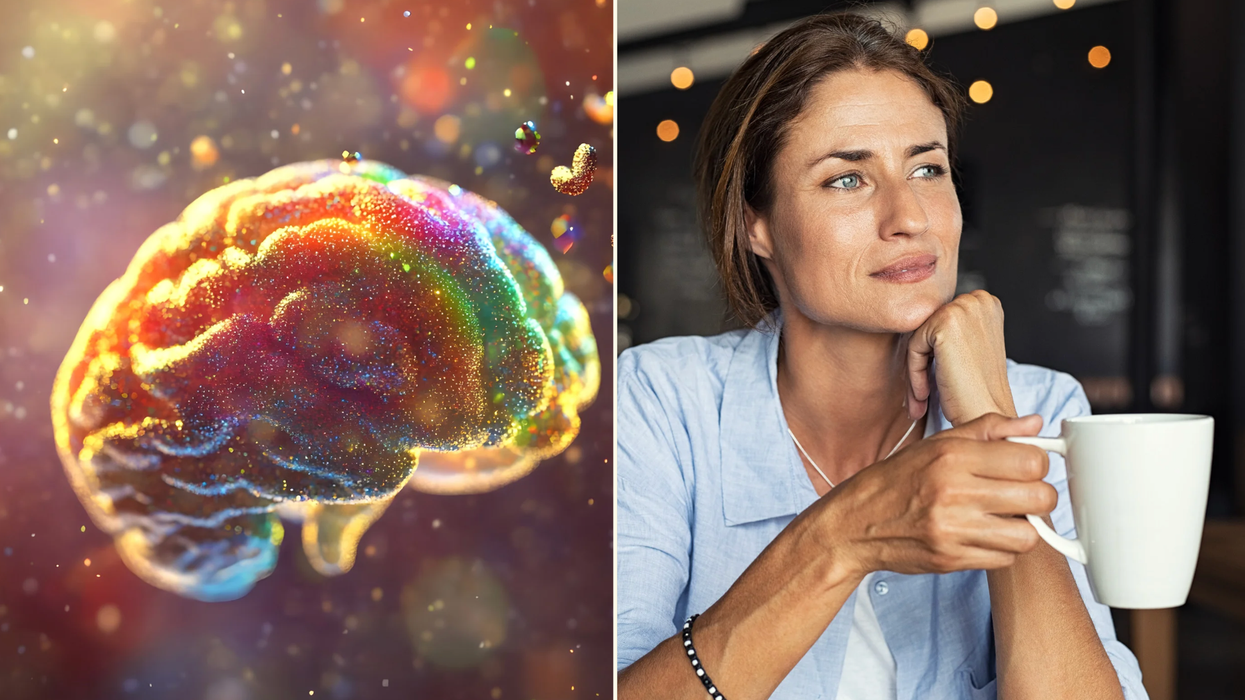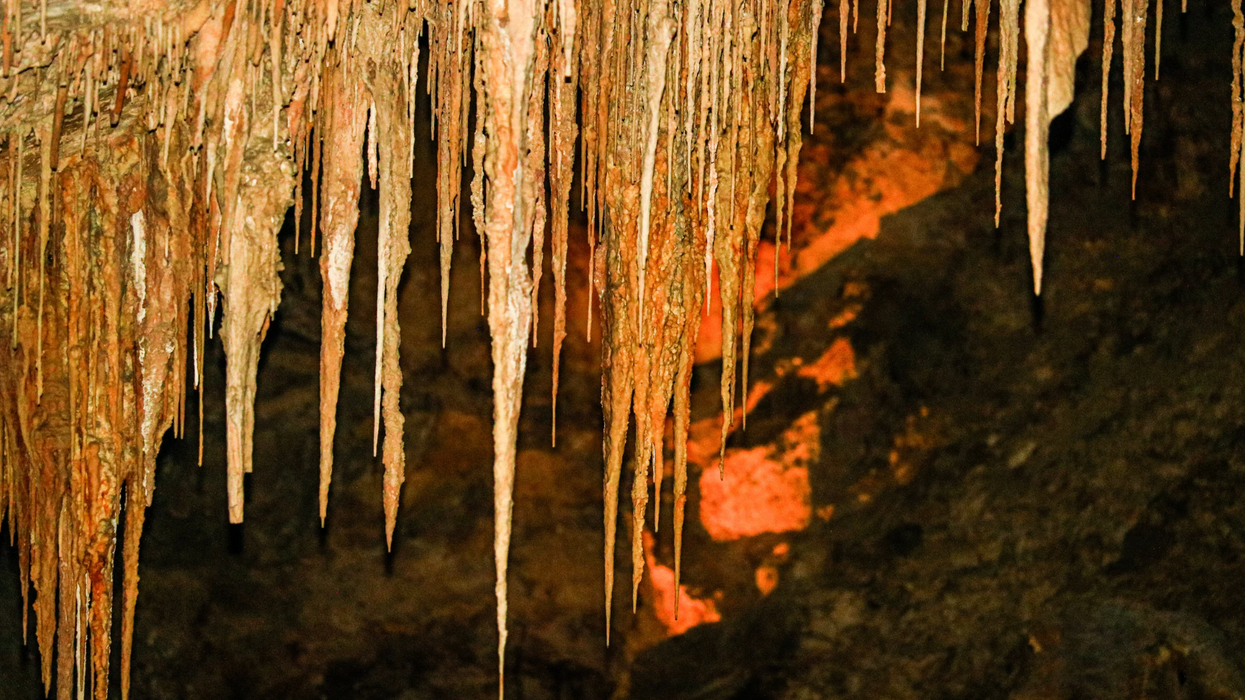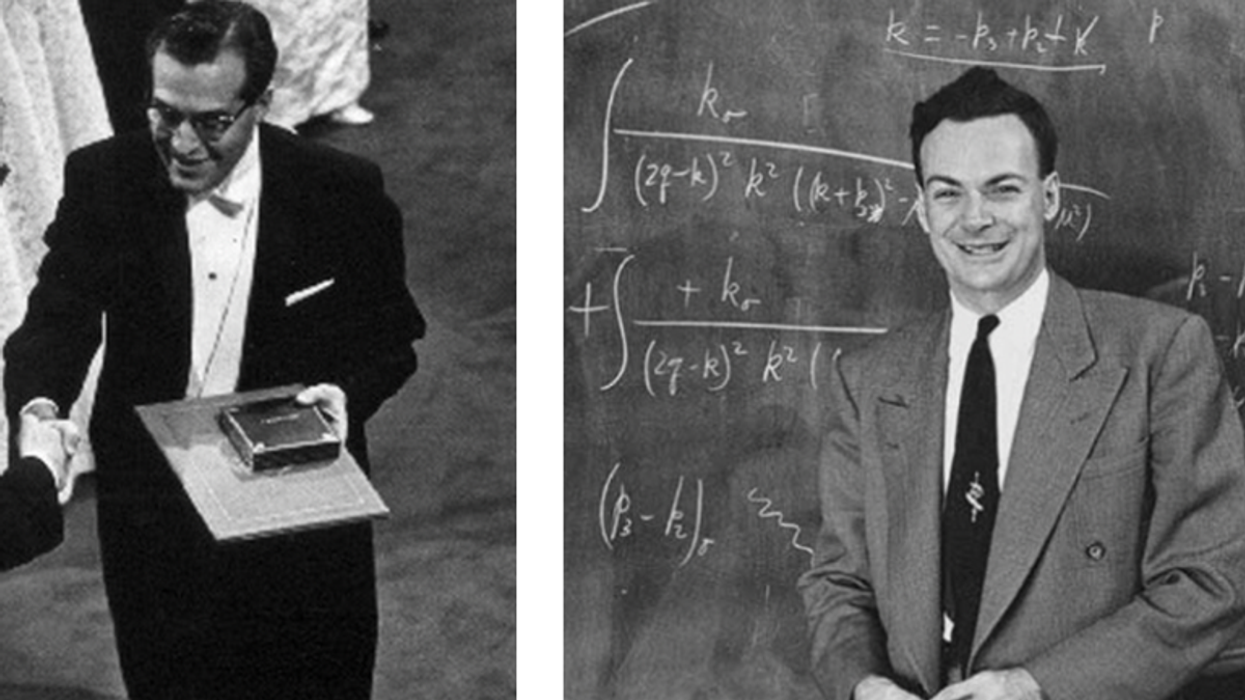Today marks what would have been the 111th birthday of Frida Kahlo — one of the most celebrated artists and whose works and life continue to captivate the world. More than 60 years after death, she is still remembered as a remarkable woman who persevered despite living through immense physical pain for most of her life and endured heartbreak from the one man she loved more than life itself.
It was fate that brought Kahlo to the paintbrush.
When she was just 18 years old, Frida Kahlo — who was studying medicine at the time — suffered a terrible accident in which the bus she was riding in crashed with a streetcar. While others on the bus died as a result, Kahlo nearly did as well. She smashed her legs (which had been affected by polio as a child), broke her spinal column, and received internal injuries as well.
As a disabled, bedridden teen, it was only then that Kahlo began to paint.
Within two years of the accident, Kahlo completed the first of many artworks: a self-portrait in 1926 and a piece around 1927 titled “La Adelita, Pancho Villa y Frida.” The “Adelita” piece explores Kahlo’s newly found interest in politics and is described as “primitive Cubist,” a style influenced by Picasso’s works from the first decade of the 20th century. The painting features a portrait of Pancho Villa, Zapatista revolutionary fighters alongside their wives, and Kahlo in the center of it all.
Kahlo’s first finished piece was just a glimpse of the thought-provoking works that were yet to come. “I paint my own reality,” Kahlo once said. “The only thing I know is that I paint because I need to, and I paint whatever passes through my head without any other consideration.”
In 1928, another life-altering moment occurred: Kahlo married painter and muralist Diego Rivera. That turbulent relationship, which was equally fueled with intense obsession and mutual respect for each other’s work, ultimately dictated so much of her art. Some may wonder why such a strong woman would remain with a man who was repeatedly was unfaithful for 10 years — and, yes Kahlo had affairs with exiled communist leader Leon Trotsky and others, but that’s the beauty about Kahlo; she wasn’t perfect.
She longed for Rivera’s love as much as she loved him for his work.
"I don't want anything to hurt him, nothing to bother him and rob him of the energy he needs for living, for living as he likes, for painting, seeing, loving, eating, sleeping, being by himself, being with someone...but I'd never want him to be sad. If I had good health I would give him all of it, if I had youth, he could take it all,” Kahlo said.
While Rivera isn’t depicted too much in Kahlo’s work, her fierce love for him was clearly evident in her pieces, as was her desperate desire to be a mother.
It is that human aspect of womanhood that attracts so many people to her work.
Kahlo could create despite her pain and betrayals. It was the accident and her physical pain that gave us “The Broken Column.” It was her incapacity to have a child which revealed her most vulnerable side in “A Few Small Nips” and “Henry Ford Hospital.”
Never once the victim, Kahlo just went on living and dreaming.
Kahlo didn’t just create brilliant artworks during one particular moment in her life, as other notable painters have. Throughout the 47 years of her life, she looked inward and became her own muse. It was her own self-discovery that gifted us her many stunning portraits.
Kahlo’s adoration for Mexico, its people, and heritage is also one of the reasons why her warrior spirit resonates with so many today. And, she could rock indigenous-influenced styles and a traditional Mexican Tehuana dress like no one else, especially during a time when European fashions were seen to be the pinnacle of style. There’s a reason why so many people today try to emulate her look from the streets to the runway.
Earlier this year, people were appalled that Mattel had created a Barbie version of Kahlo, and not because she was included in their inspiring female role models series, but because they made her into an unrecognizable woman.
Kahlo is not a Barbie, and that’s why she’s so beloved.
She had facial hair, one leg smaller than the other, a fractured spine, and, yes, a unibrow. She was a woman that could barely walk. She often used a wheelchair and could barely get out of bed, but her disability is what fuelled her luminous creativity.
She was unapologetic about who she was and that’s why she continues to shine today. She never hid behind a facade or made excuses for who she was. She never pretended to be someone else, she just was.
Kahlo was simply a Mexican painter that loved fashion; a woman that saw life in pain; and an artist who captured her flaws on canvas.
But to us, she will always remain flawless.
Kahlo enthusiasts are experiencing the visionary Mexican artist in a brand new way thanks to the exhibition “Frida Kahlo: Making Her Self Up,” which can currently be seen at the Victoria and Albert Museum in London. The exhibition puts her artwork on secondary display and draws attention to the life of the exceptional woman.
Check out some more of the remarkable pieces from the exhibition below.
















 Otis knew before they did.
Otis knew before they did.